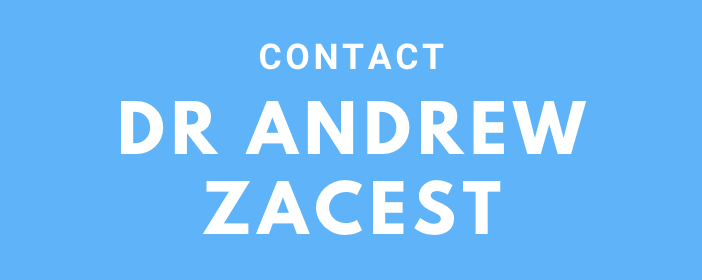Surgeries:
Deep Brain Stimulation for Parkinson’s Disease
Deep Brain Stimulation (DBS) is a neurosurgical procedure which involves implanting electrodes within the brain to stimulate neural circuits to treat abnormal movements such as tremor, dyskinesia, on/off fluctuations which occur in Parkinson’s Disease (PD) when medical therapy, which initially worked, is less effective or is causing intolerable side effects.
Although not a cure, in correctly selected patients with Parkinson’s Disease, DBS can improve symptoms of tremor, dyskinesia, on/off fluctuations, rigidity, slowness of movement and this benefit can be maintained long term while the battery and electrodes are functioning. DBS may also help other symptoms that are dopamine sensitive including gait but will not help axial symptoms such as unsteadiness of gait, falls, freezing or cognitive impairment. DBS will not change the progression or natural history of the disease. In addition DBS is a testable, reversible and adjustable therapy giving the flexibility of programming to achieve the best outcome at all times. The efficacy of DBS for PD compared to best medical non operative therapy has been well established now in 4 international multi centre randomised studies and is an approved indication under Medicare Australia.
Surgery involves three stages. Firstly under sedation and local anaesthesia, a stereotactic head frame is secured to the head. Next in the operating room under sedation and local anaesthesia two holes are drilled and the brain electrodes are placed in the correct location using advanced neuronavigation techniques. Thirdly under general anaesthesia the brain leads are connected to a battery or pacemaker which is placed under the skin below the collar bone. The procedure takes approximately 4-5 hours. Risks of brain surgery include sub optimal lead position, infection, bleeding, stroke, death, seizure, technical problems with the stimulator, side effects from stimulation, worsening of dementia or depression. Most patients are in hospital for 5-7 days post operatively to optimise programming, medication, learn to charge the device and receive education.
There will be a number of post operative visits with the neurologist in the first few weeks and a post op surgical visit. The optimal results for PD may take up to or longer than 12 months as the brain circuits readjust to the stimulation to correct the abnormal movements.
Deep Brain Stimulation for Parkinson’s Disease
Deep Brain Stimulation (DBS) is a neurosurgical procedure which involves implanting electrodes within the brain to stimulate neural circuits to treat abnormal movements such as tremor, dyskinesia, on/off fluctuations which occur in Parkinson’s Disease (PD) when medical therapy, which initially worked, is less effective or is causing intolerable side effects.
Although not a cure, in correctly selected patients with Parkinson’s Disease, DBS can improve symptoms of tremor, dyskinesia, on/off fluctuations, rigidity, slowness of movement and this benefit can be maintained long term while the battery and electrodes are functioning. DBS may also help other symptoms that are dopamine sensitive including gait but will not help axial symptoms such as unsteadiness of gait, falls, freezing or cognitive impairment. DBS will not change the progression or natural history of the disease. In addition DBS is a testable, reversible and adjustable therapy giving the flexibility of programming to achieve the best outcome at all times. The efficacy of DBS for PD compared to best medical non operative therapy has been well established now in 4 international multi centre randomised studies and is an approved indication under Medicare Australia.
Surgery involves three stages. Firstly under sedation and local anaesthesia, a stereotactic head frame is secured to the head. Next in the operating room under sedation and local anaesthesia two holes are drilled and the brain electrodes are placed in the correct location using advanced neuronavigation techniques. Thirdly under general anaesthesia the brain leads are connected to a battery or pacemaker which is placed under the skin below the collar bone. The procedure takes approximately 4-5 hours. Risks of brain surgery include sub optimal lead position, infection, bleeding, stroke, death, seizure, technical problems with the stimulator, side effects from stimulation, worsening of dementia or depression. Most patients are in hospital for 5-7 days post operatively to optimise programming, medication, learn to charge the device and receive education.
There will be a number of post operative visits with the neurologist in the first few weeks and a post op surgical visit. The optimal results for PD may take up to or longer than 12 months as the brain circuits readjust to the stimulation to correct the abnormal movements.
